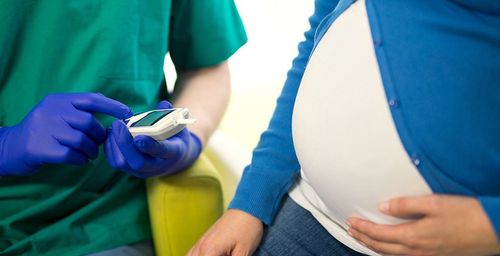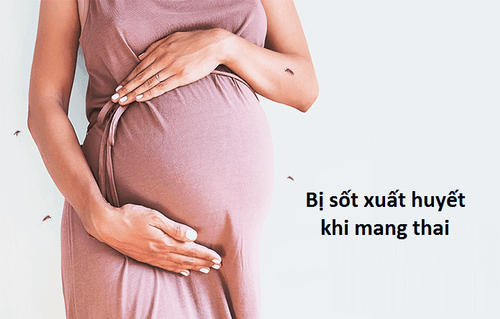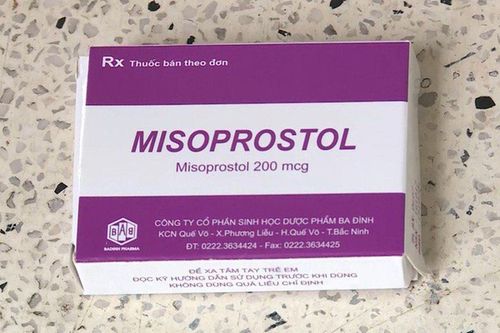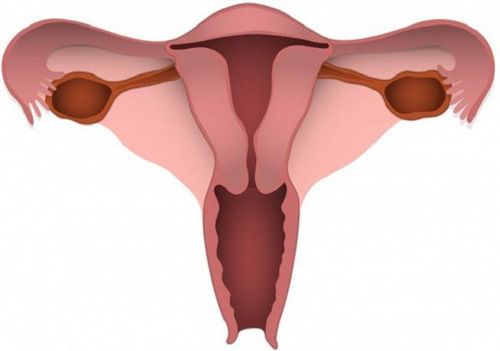This is an automatically translated article.
The article was professionally consulted by Specialist Doctor I Truong Nghia Binh - Obstetrician-Gynecologist - Department of Obstetrics and Gynecology - Vinmec Danang International General Hospital.
Postpartum haemorrhage is one of the 5 common obstetric complications, accounting for 2 - 10% of total births. This is considered a scary complication for obstetricians.
1. Epidemiology of postpartum haemorrhage is dangerous?
According to the World Health Organization, postpartum hemorrhage is the leading cause of maternal death, affecting the lives and health of many families in many countries.Between 1999 and 2010, worldwide maternal mortality decreased from 543,000/100,000 live births to 287,000/100,000 live births. However, this number is higher in developing countries than in developed countries. Every year, 14 million pregnant women globally are affected by postpartum haemorrhage.
The risk of maternal death from bleeding is 1 in 1000 in the developing world. Up to 99% of deaths from postpartum haemorrhage occur in low- or middle-income countries, while in developed countries this rate is only about 1%. Therefore, the prevention of postpartum haemorrhage plays a very important role for those who care for the health of mothers and children.
2. Mechanism of postpartum hemorrhage
In term gestation, the uterus and placenta receive an average of 500-800 ml of blood per minute through their low-resistance capillary system. This high flow will cause the uterus to become pregnant if there is bleeding because of some physiological abnormality, there will be significant blood loss. During pregnancy, maternal blood volume increases by about 50%, which increases the body's tolerance to blood loss at birth.The process of labor includes 3 stages, which are cervical dilation, pregnancy and placenta. After delivery, the uterus contracts to reduce volume. Because the placenta is not elastic, the shrinking of the uterus will cause the placenta to partially peel off from the attachment site. Blood from the place where the placenta attaches flows out to form a hematoma after the placenta, which will cause the placenta to continue to slough off. The contractions of the uterus will slowly push the placenta out.
After the placenta is delivered, the uterus begins to contract, the contractions of the crossed muscle fibers will tighten the blood vessels of the uterus in the place where the placenta attaches like knots, called "physiological knots". ” or “living knot”.
This process together with the body's normal blood clotting mechanism will form blood clots, helping to stop bleeding. In cases where the uterus does not retract or the placenta does not peel and come out, bleeding will occur. Stagnation or decreased contractility of the uterus accounts for 80% of the causes of bleeding.
3. Causes of postpartum hemorrhage

4. Risk factors for postpartum haemorrhage
Labor is too long or too fast; Prolonged increase in contraction; Preeclampsia - eclampsia; Pregnant women receiving treatment with MgSO4 or tocolytic drugs; Uterine overstretched: large fetus, multiple pregnancy, polyhydramnios; Amniotic fluid infection; History of postpartum bleeding or bleeding during this pregnancy; Stillbirth; Mother is obese (BMI>35); Have a history of surgery on the uterine muscle (such as uterine fibroids); Placental tissue abnormalities; Being Asian.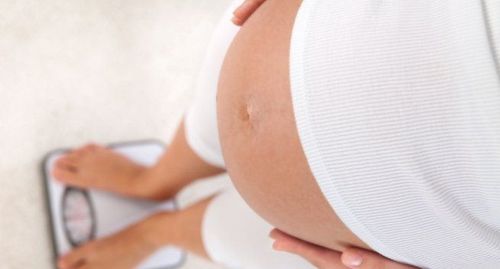
5. Treatment direction for postpartum haemorrhage
Management of postpartum haemorrhage depends on the patient, the cause, and the available treatment options. In general, management of postpartum haemorrhage should be multimodal, involving maintaining hemodynamic stability and identifying and treating the cause of blood loss.Treatment options for postpartum haemorrhage due to uterine atony include uterotonics, balloon tamponade, surgical procedures to control bleeding (B-Lynch procedure), dynamic ligation internal iliac vessels or hysterectomy. However, minimally invasive measures should be used first, and then, if unsuccessful, then invasive measures should be taken.
Specialist doctor I Truong Nghia Binh has over 13 years of experience in the field of obstetrics and gynecology, high expertise and long experience in diagnosing and treating Obstetrics and Gynecology diseases such as: screening for diseases for mother and baby before birth. Chorionic villus biopsies, amniocentesis... Ultrasound screening for fetal malformations (3D, 4D ultrasound). Monitoring births, assisting in cases of normal and difficult births. Examination and treatment of pre-eclampsia, placenta previa, pregnancy with complicated medical conditions... Cesarean section in cases of first, second, and third caesarean section... Examination, treatment of gynecological diseases. Examination and consultation of infertile couples.
Please dial HOTLINE for more information or register for an appointment HERE. Download MyVinmec app to make appointments faster and to manage your bookings easily.





